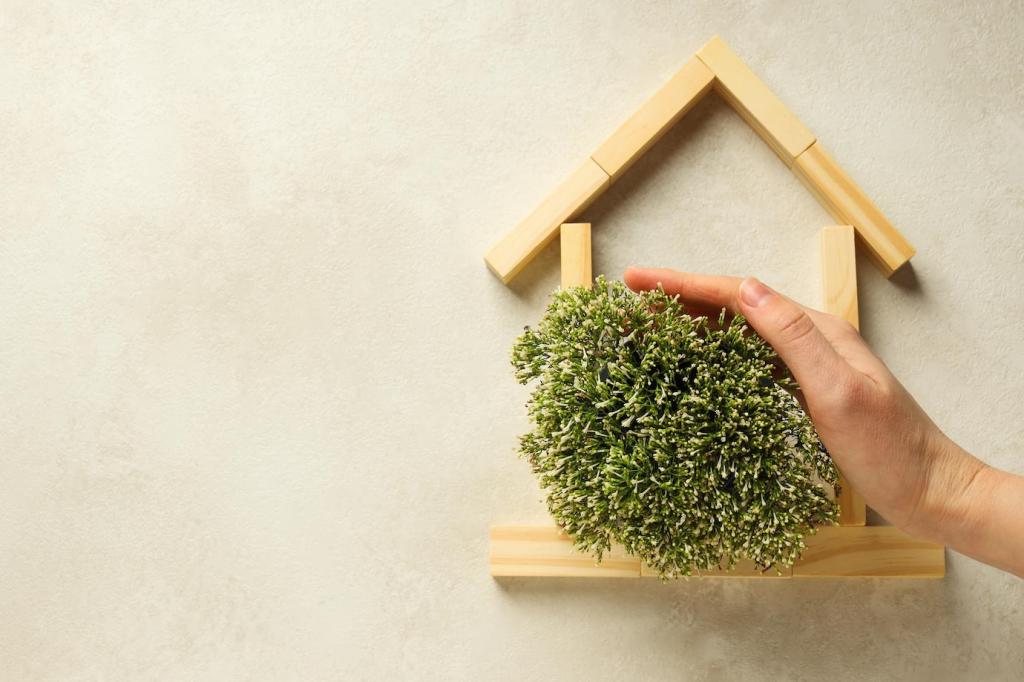
Green Roof and Living Wall Concepts
Green roofs and living walls are innovative approaches to urban greening that merge architectural design with nature. These concepts bring plant life into the built environment, creating sustainable spaces that offer ecological, aesthetic, and health benefits. By incorporating vegetation onto rooftops and building façades, urban areas can combat challenges such as air pollution, urban heat, and limited access to green spaces. This page explores the principles, functionalities, benefits, and considerations associated with green roofs and living walls, showcasing how these solutions are shaping the future of sustainable architecture.
Understanding Green Roofs
A green roof is composed of several integral layers, each serving a distinct function to ensure the system’s durability and plant health. The foundation is a waterproof membrane, crucial for protecting the building structure from water infiltration. Above this, a root barrier prevents aggressive roots from damaging the roof. Drainage layers manage excess stormwater while providing aeration to roots. A growth substrate tailored for rooftop conditions supports plant life, while specific vegetation, such as drought-resistant sedums or grasses, is selected for resilience. These components must be thoughtfully engineered to harmonize life-supporting processes with structural safety, ensuring the longevity and effectiveness of the green roof system.

The success of living wall systems relies on precise engineering and advanced technology. A structural support frame is anchored to the building surface, providing the infrastructure for plants to thrive. Specialized plant containers or felt pockets hold the growing medium and nutrients, while integrated irrigation systems ensure consistent moisture distribution vertically. Some advanced living wall systems include automated monitoring, controlling water flow and nutrient delivery in response to environmental cues. This blend of horticulture and technology is what allows living walls to remain vibrant and healthy, even in challenging microclimates, while minimizing maintenance.
Exploring Living Wall Systems
Benefits of Green Roofs and Living Walls
Environmental Advantages
Green roofs and living walls contribute significantly to environmental sustainability. By expanding green space in dense urban areas, they mitigate the urban heat island effect, absorb air pollutants, and provide vital habitats for wildlife. Their capacity to manage stormwater helps reduce runoff and alleviates pressure on municipal drainage systems, contributing to cleaner waterways and less frequent floods. These systems also play a role in carbon sequestration, helping cities address climate change. Together, these environmental benefits solidify green infrastructure as a cornerstone of ecological urban design.
Economic and Energy Savings
Adoption of green roofs and living walls brings long-term economic advantages to building owners and municipalities. Insulating properties reduce energy costs by minimizing heat flux through building envelopes, leading to lower heating and cooling bills. Green roofs prolong the lifespan of roofing materials by shielding them from direct exposure, weathering, and UV radiation. Living walls, especially when installed outside, can decrease the need for air conditioning by shading building surfaces. Municipalities may offer financial incentives for installing these features, further enhancing their cost effectiveness in the built environment.
Health and Well-Being Effects
The presence of green space, even in vertical or rooftop form, exerts measurable positive effects on human health and well-being. Visual contact with plants has been shown to lower stress, improve mental health, and enhance mood. Indoor living walls can purify air by absorbing toxins, increasing oxygen levels, and introducing humidity, leading to a more comfortable and productive indoor environment. Accessible roof gardens provide space for relaxation, socialization, or urban agriculture, which fosters community well-being and promotes active, healthy lifestyles. These psychological and physiological benefits highlight the vital role nature plays in human environments.
